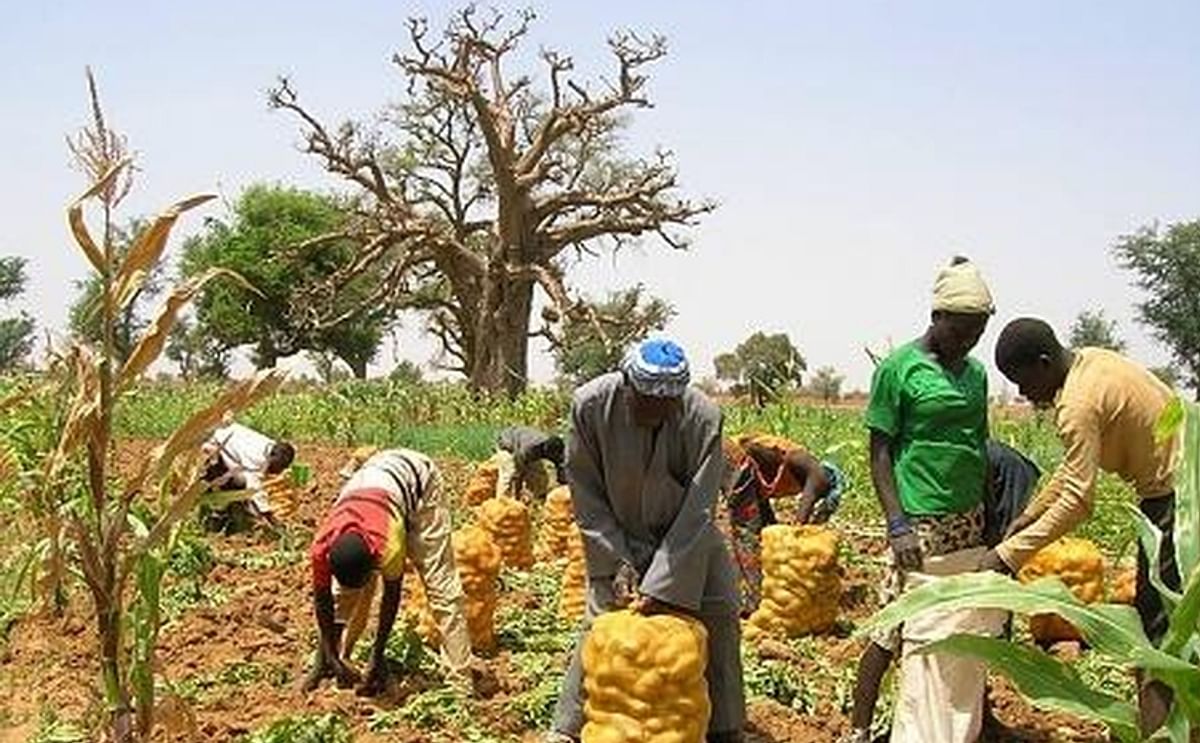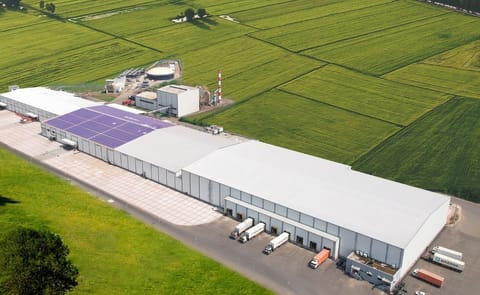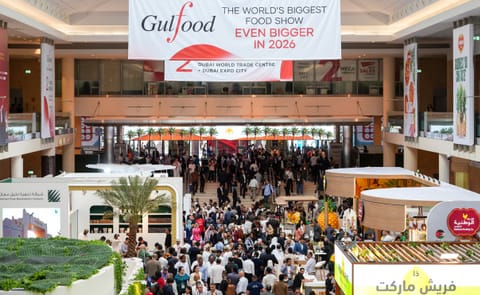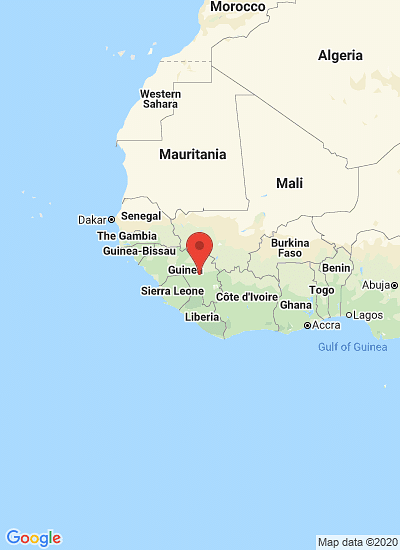Production of potato in Guinea (courtesy: AfricaTime)
The highlands of Fouta Djallon - Guinea's potato basket

Although potato cultivation in Guinea is still very limited, just as in many other African countries production is expanding.
The home of intensive agriculture in central Guinea can be found in the highlands of Fouta Djallon.
The rolling grasslands in this region receive a great deal of rainfall and it is here where potatoes are a dominant crop.
Some 300km from the capital, Conakry, lies the Madina Timbi area near Pita town, an area that is famous for potato production.
Over 35,000 tons are harvested annually and that accounts to about 70% of the national production.
However, acquiring mechanized labour is a great challenge here and most of the work is carried out manually.
Mamadou Bah, a potato farmer in Timbi Madina:
Through the cooperative, they’ve been able to set up storage facilities for their stocks and seeds.
The storage facility however still lacks adequate storage equipment to help in conserving their produce.
Mamadou Bah:
In October 2015, Guinea’s President Alpha Conde commissioned a potato processing plant in the region. The farmers hope to make maximum profits out of it.
The home of intensive agriculture in central Guinea can be found in the highlands of Fouta Djallon.
The rolling grasslands in this region receive a great deal of rainfall and it is here where potatoes are a dominant crop.
Some 300km from the capital, Conakry, lies the Madina Timbi area near Pita town, an area that is famous for potato production.
Over 35,000 tons are harvested annually and that accounts to about 70% of the national production.
However, acquiring mechanized labour is a great challenge here and most of the work is carried out manually.
Mamadou Bah, a potato farmer in Timbi Madina:
“If it was mechanized, it would take me a maximum of two days to plant on these 10 hectares. On the other hand, using manual labour would take many days especially when I don’t have sufficient workforce, even when I do, it’s usually not very efficient.”In 2011, farmers in the region established a cooperative society to help them effectively market their produce.
Through the cooperative, they’ve been able to set up storage facilities for their stocks and seeds.
The storage facility however still lacks adequate storage equipment to help in conserving their produce.
Mamadou Bah:
“We don’t have all the necessary storage materials including conservation funds. We don’t have the standard boxes for storage so we use these ones. The standard ones are more airy and the best for storing potatoes. So because of that our storage capacity is limited.”This cooperative also offers extension services to all farmers in the region. It avails short, medium and long term funding to farmers to help them finance their activities.
In October 2015, Guinea’s President Alpha Conde commissioned a potato processing plant in the region. The farmers hope to make maximum profits out of it.
Like to receive news like this by email? Join and Subscribe!
Get the latest potato industry news straight to your WhatsApp. Join the PotatoPro WhatsApp Community!
Sponsored Content
Sponsored Content
Sponsored Content
Sponsored Content








